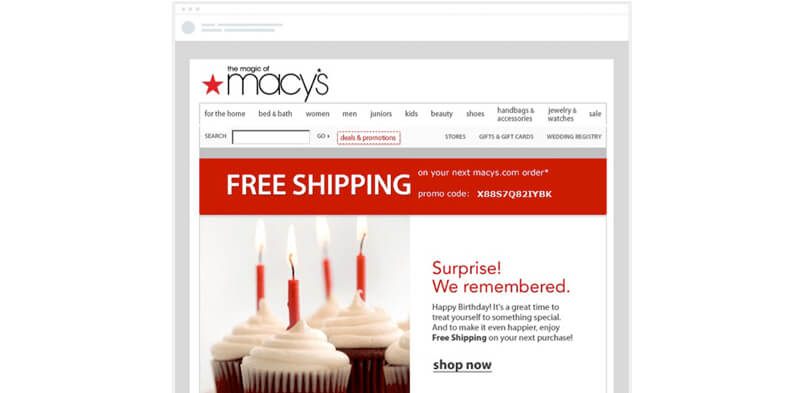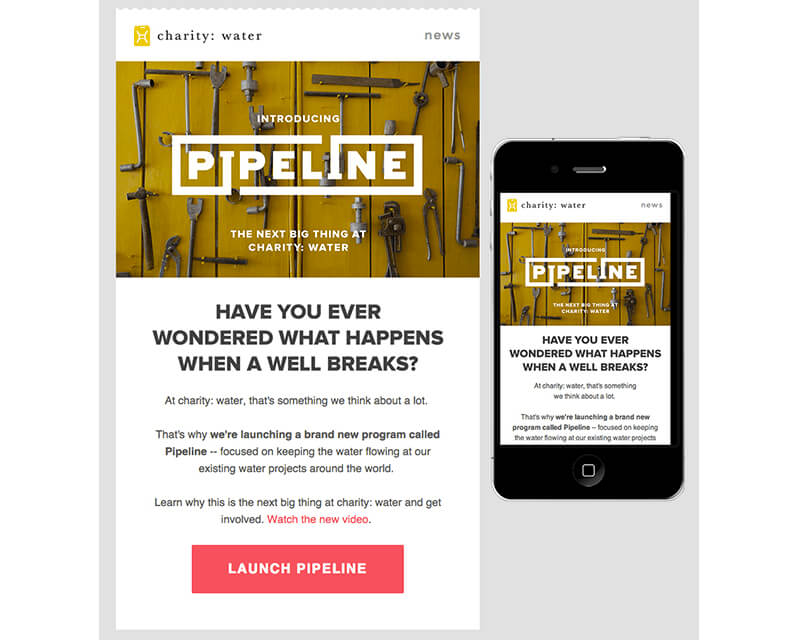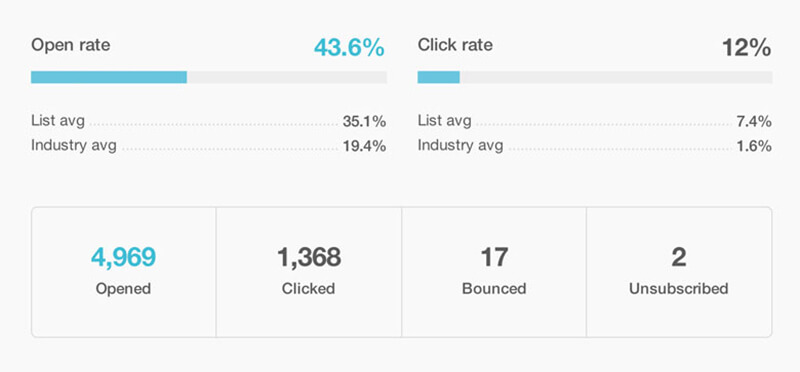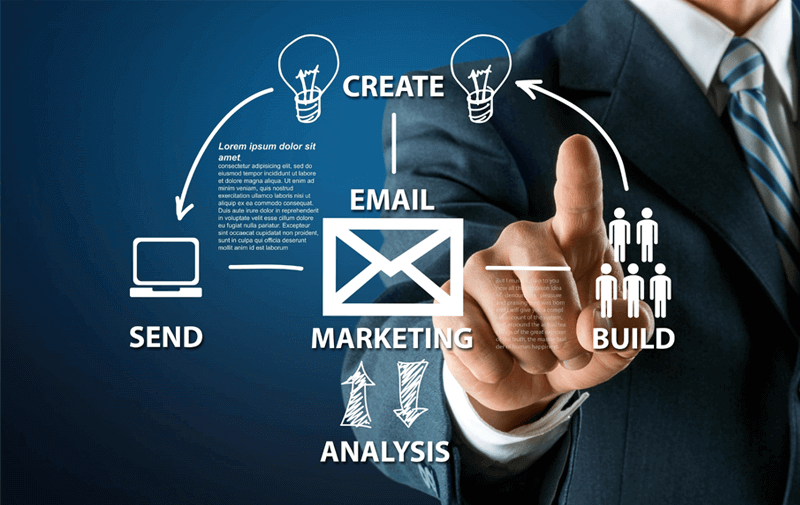The inbox of your standard consumer fills with competitive subject lines, marketing messages, and scores of attention-seeking emails. With more than 144 billion emails sent each day, email marketing remains as one of the preferred channels for business communication.
As technology advances and Internet evolves, newer marketing methods have made many to believe that email marketing is on its way out. However, email marketing is far from dead, despite what some may believe. In fact, a report indicated that workers spend 28% of their time in their inbox.
At the same time, email marketing is getting hard to deliver their marketing objectives. This is because consumers are demanding for a better email experience. They do not want bulk emails thrown at them that looks like spams and do not relate to them in any way. Consumers want their email personalized, relevant and provides value to their lives. And this requires a certain understanding of the consumers which only big data can provide.
Thinking about starting a company newsletter? Here are some tips to keep in mind when launching your email marketing campaign.
Make it easy to subscribe. It is always difficult for businesses to generate relevant email lists that are interested in their business. By posting a signup form on the homepage, blog or Facebook page, businesses can easily collect names, contact information, birth dates (for offer or gift) or useful information on the target audience. However, they should take note not to go crazy with the required fields as a long subscribe form might scare people off.

Send a welcome email. It is always a good practice to remind people that they have signed up for the newsletter and why they are on the list. This can also reassure them that good things are in store. Businesses might even send new subscribers a special offer or exclusive content, as a way of thanking them and to generate more engagements.
Design the newsletter to fit the brand. A visual style guide is imperative. Whether it be a website, advertisement, EDMs, or whatever else, this guide will be the “holy bible” that governs brand consistency. Email campaigns should match a brand’s look and feel. It is always good to customize emails to include the company’s colors and logo in the header and ensure that the emails are consistent with the rest of the company’s content. This gives the readers a sense of familiarity and at the same time allows them to be able to relate the email directly to the brand.
Personalize the email with names (or even segmentation catering to subscribers’ interests). Like many businesses, emails can be catered to different subscribers and customers, each with their preferences via big data. For email marketing to be effective, businesses can no longer create a single email and send it to everyone on the list. “One size fits all” emails can not deliver in an age where informed consumers want highly targeted content. Segmenting customers can work even better by using customer personas. Customer personas can be built by using a multitude of data. Instead of asking a single question, businesses can group customers together using a mix of attributes and actions they take. Sending relevant content will keep readers engaged, and engaged readers look forward to the newsletters and share it with friends.

Improve efficiency with email automation. With automation, businesses can easily create workflows to send personalized, timely, relevant emails to customers at the right time such as Behavior-triggered emails. These emails are real-time reactions to how your customers are using your product and have a 152% higher open rate compared with the traditional type of emails. They are also a more valuable communication tool and can convert window shoppers into loyal customers. They are easily automated and can be sent to customers based on different objectives: up-selling and cross-selling of products, welcome, re-engagement, and this list goes on. Tools are also widely available such as Marketo, GetResponse, and Emarsys, which help businesses to improve their engagement through automation.
Keep a publishing calendar is essential. A regular newsletter is a commitment to a business. If a business goes several months without sending anything, then subscribers will forget about them, and they will also be more likely to delete the next email, or worse, mark it as spam. Businesses should make the effort to plan, write, design, and send out newsletters regularly to keep their subscribers engaged.

Focus on mobile. In recent years, digital assets are required to be responsive or mobile friendly as user experience (UX) is highly emphasized. With mobile friendly emails, readers are more likely to open and read the email as the content of the emails can be displayed on different mobile devices. Therefore, sending mobile-friendly emails is a must-have, not a nice to have. In some cases, businesses can include a public link to the web version of the campaign so readers can read it outside of their email clients. (Because some email clients do not support HTML, animated gif, etc.)
Make emails shareable. Send content that readers want to share, and make it easy for them to do so. Businesses should consider adding Twitter, LinkedIn or Facebook links to the newsletters so that readers can easily share the content with their friends. This way can help improve the outreach of the email campaigns.

Track the numbers. Email analytics provide data that businesses need, to analyze the effectiveness of email campaigns. Most email services offer reports that contain helpful information for businesses to make data-driven decisions about their activities or the next campaign. Open rate, click rate, clickthrough rate, conversion rate, bounce rate and forwarding rate are some examples of email metrics businesses can track to understand their email campaigns.
Understand spam rules. A lot of businesses send spam because they simply do not know the rules. In some cases, they have their email addresses marked which contribute to many implications. Put in simple terms; businesses are only allowed to send bulk email to people who specifically asked to be included in the mailing list. It is also a good practice to include a visible unsubscribe link in every email.





